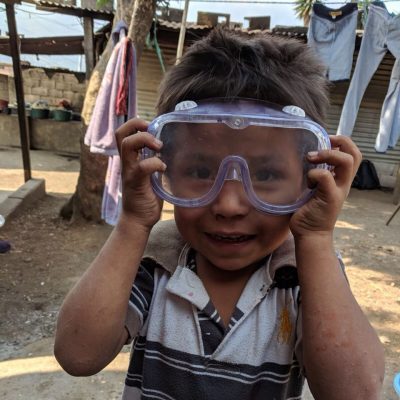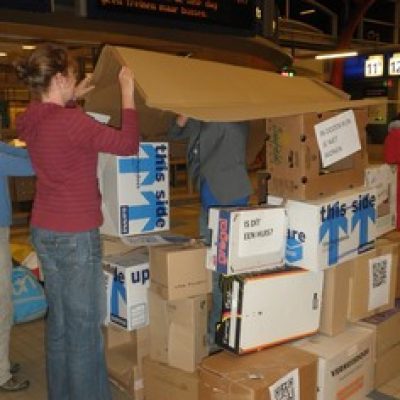Article
Alicia and Ronak’s Aspiration
Alicia Terrero has been wanting to discuss climate change and sustainability after taking a class her senior year of college that assessed how global income inequality affects access to water and how corporations are preventing communities from having access to clean water. This aspiration met Ronak Gandhi’s reflection on children’s media being a crucial for the formation of values and priorities. He wanted to make use of this specific medium to spread the important message of environmental protection and encourage children to examine potential polluting factors in their own communities. The result is a project that seeks to close some of the gaps of information in American elementary schools about climate change.
With The Mystery of the Icky Water, Alicia and Ronak hope to start a dialogue among children about who are the actors responsible for climate change and how we can work to hold them accountable. Children tend to be taught about the micro-level things they can do to mitigate climate change, such as gardening and recycling, but this project seeks to introduce children to the larger systemic changes we can make to address the issue. The project hopes to highlight the significance of community organizing and activism as it relates to addressing climate change.
“We use the format of a mystery children’s book to discuss the role of corporations in water pollution & the destruction of local ecosystems.”
Project Development
Ronak and Alicia came up with a list of characters, each with a description of their physical and personal attributes. Then, they drafted a story outline. After developing the outline, Alicia came up with a couple of sketches for the scenes.
Ronak and Alicia learned that children’s books are deceiving. They may seem easy to write due to their short length, but planning a children’s book takes a considerable amount of time. The book must appeal to parents and teachers with a sufficiently entertaining plot and an upstanding moral, and the authors must also tailor the vocabulary and plot to captivate a child. Knowing the exact target age group is necessary because the book must be just complex enough to hold the child’s attention without frustrating them. Ronak and Alicia learned all of these hidden difficulties of writing a children’s book in the first four months as they worked on their first draft.
Ronak and Alicia then spent a month looking through children’s books aimed at varying age groups. Only after they understood the great divergence in the stories depending on the target audience did they feel able to start the drafting process again.
Next Steps
The major next step for the project is to add more detail to the outline to create the text of the book. Ronak and Alicia will also polish the drawings up to be included side-by-side with the text, along with the all-important cover art. Afterwards, they will search for a publisher or self-publish.
Updated June 2022




